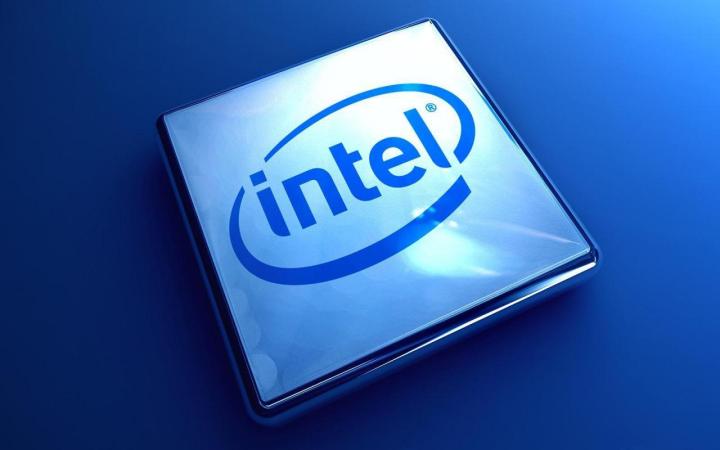
All three processors feature four cores although the Core i7 model is capable of eight threads, while the other two Core i5 chips handle only four. All three have 1MB of L2 cache, a thermal envelope of 65 watts (TDP), 72 execution units, and Iris Pro 580 graphics with 128MB of eDRAM and a GPU frequency between 350MHz and 1,150MHz (only 1,110MHz on the i5-6585R). DDR4-2133/1866 and DDR3L-1600/1333 memory are also supported.
But that’s where the similarities end. The Core i7-6785R has 8MB of L3 cache, a default speed of 3.3GHz, and a maximum speed of 3.9GHz. The next step down is the Core i5-6685R with 6MB of L3 cache, a default speed of 3.2GHz, and a maximum speed of 3.8GHz. The Core i5-6585R is the last new processor on the list, sporting 6MB of L3 cache, a default speed of 2.8GHz, and a maximum speed of 3.6GHz.
Compared to their Broadwell counterparts, all three new chips have higher maximum frequencies. However, the new Core i5-6685R chip has a higher base frequency than the Core i5-5675R as well, the latter of which is clocked at 3.1GHz. The older set, which includes the Core i7-5775R and the Core i5-5575R, also has Iris Pro 6200 integrated graphics, 48 execution units, and GPU speeds between 300MHz and 1,150MHz. The older Broadwell chips do not feature DDR4 support either.
Both the older Broadwell and newer Skylake-H processor trios are based on 14 nanometer process technology and a TDP of 60 watts. What’s interesting here is that Intel has seemingly upgraded the Broadwell chips with higher maximum speeds, higher amounts of L3 cache, and thrown in additional execution units without a drastic price increase. The new Core i7-6785R is only $22 more than the older Core i7-5775R, which cost $370 and $348 respectively. A small price difference is also seen between the newer Core i5-6685R and the older Core i5-5675R ($288/$265), and between the newer Core i5-6585R and the older Core i5-5575R ($255/$244).
One of the benefits these three new chips will see is SpeedShift technology built into the Skylake architecture. This tech will quickly increase the processor’s frequency for a short duration in order to swiftly execute an operation, which in turn saves energy and speeds up the overall user experience. For instance, using SpeedShift to reach a processor’s maximum speed (frequency) could take up to 20 milliseconds, whereas the same frequency ramp could take up to 120 milliseconds on a system with no SpeedShift enabled.
The new chips also benefit from eDRAM, as it reportedly acts like a DRAM buffer in the Skylake architecture because it sits between the DDR memory and the System Agent. Devices that require memory access through the System Agent, such as PCIe cards, can use the eDRAM for early reads and writes, thus speeding up a number of memory-based scenarios. For PC gamers and digital artists, this setup should speed up their favorite titles and applications when merely using Intel’s integrated graphics.
The three new processors are available now for Intel’s partners. Given that they’re freshly baked off the production line, don’t expect to see solutions based on these chips until sometime later this year.


